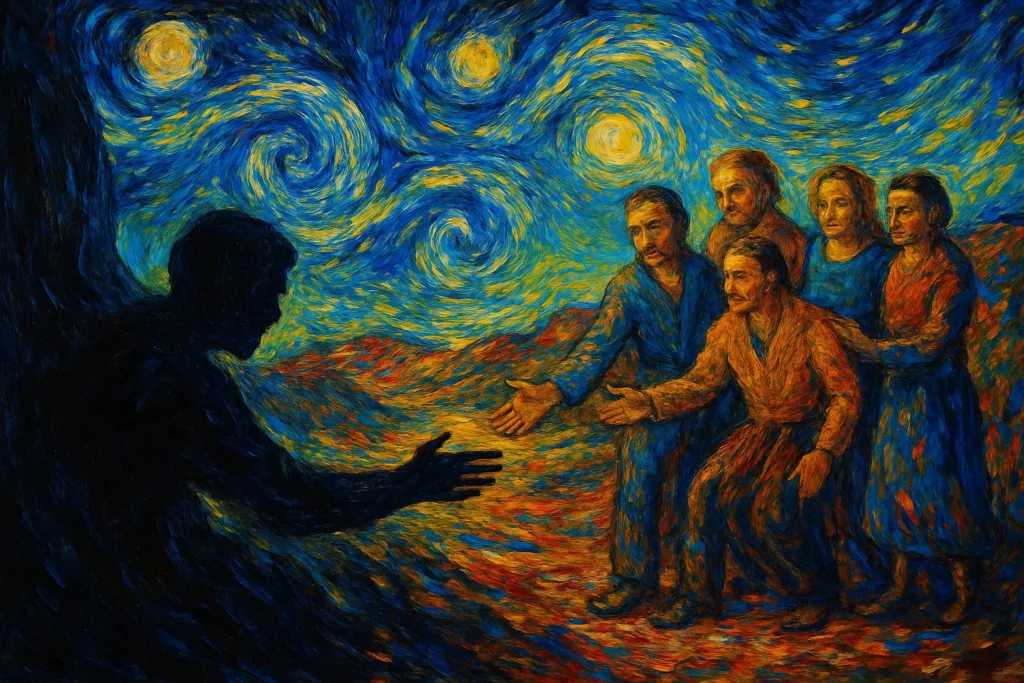Why Connection Is the Antidote to Addiction
Addiction is often misunderstood as merely a problem of substance misuse. However, beneath the surface, addiction is deeply rooted in disconnection: from self, from family, from community, and from purpose. When young adults lose their anchors to meaningful relationships and supportive networks, they become more vulnerable to seeking solace in substances. Our next 12 months will focus on a “Building Bridges” series in our thoughtful blogs. And, what quickly becomes clear is that fostering connection is not just helpful — it is essential. Both prevention and recovery are grounded in the strength of relationships and the resilience of communities.
The Human Need for Connection
Humans are wired for connection. From infancy, our development depends on relationships that nurture, protect, and guide us. As young adults, connection continues to serve as the bedrock for identity, self-esteem, and emotional regulation. Without meaningful bonds, individuals often experience loneliness, alienation, and despair — conditions that can make substances seem like a temporary refuge.
When we look at the root causes of addiction, disconnection repeatedly surfaces. Young adults who feel isolated are more likely to seek out drugs and alcohol to numb emotional pain or to find a sense of belonging, even if it’s within unhealthy circles. Conversely, when individuals are embedded in supportive relationships, they have a strong protective buffer against the lure of substances.
The most effective prevention strategies don’t focus solely on warning young adults about the dangers of substances. Instead, they focus on building strong, trusting relationships and nurturing community ties.
Family Relationships
Families are the first line of defense. Open communication, active listening, and consistent emotional support create a home environment where young adults feel valued and understood. When young people know they can turn to their parents or caregivers without fear of judgment or punishment, they are less likely to seek comfort elsewhere.
Peer Connection
Positive peer relationships also play a critical role. Friendships that promote healthy behaviors, encourage emotional honesty, and reinforce self-worth can steer young adults away from risky behaviors. Schools and community organizations can foster these positive peer networks through group activities, mentorship programs, and leadership opportunities. I emphasize ‘positive’ relationships as it’s here that children and teenagers begin to find the community that corresponds to their own sense of self; it’s here that they’ll find reinforcement or rejection of behaviors, choices and priorities.
Community Engagement
A strong community offers young people a sense of belonging beyond their immediate family and peer group. Whether through sports, arts programs, service projects, or faith groups, communities that welcome and celebrate young people send a powerful message: you are needed, you are valued, you are not alone.
Connection in Recovery
Should a young adult need disciplined recovery from addiction, it’s understood this is not just about ceasing substance use; it’s about rebuilding a life where connection is possible and sustainable. Many young adults in recovery must learn, often for the first time, how to trust others, how to be vulnerable, and how to give and receive support.
The Role of Family
Families can be crucial allies in recovery, but the journey often requires healing old wounds. Families must learn to support their loved ones without enabling harmful behaviors, to set healthy boundaries, and to celebrate progress without expecting perfection. Family therapy, support groups for parents, and education about addiction as a disease can help families move from a place of fear and anger to one of hope and collaboration.
Peer Support
Young adults often find connection in recovery communities such as 12-step groups, sober living houses, healthy social spaces, or peer-led recovery programs. These spaces provide a sense of camaraderie and shared experience that is vital for sustaining long-term recovery. They offer young people the chance to practice new ways of relating to others and to experience acceptance without judgment. Gregg’s Gift supports a variety of resources in this role and you can learn more here.
Community Reintegration
Successful recovery also involves re-engagement with the broader community. Employment, education, volunteering, and participation in community events help young adults reclaim their sense of purpose and identity. Community programs that offer second chances and support reintegration are key to preventing relapse and promoting lasting change.
Building Bridges, Healing Lives
The journey of addiction and recovery is not walked alone. Every meaningful connection — every bridge built between a young adult, their family, and their community — strengthens the path toward healing. By investing in relationships at every level, we create an environment where prevention is natural and recovery is sustainable.
What Can We Do?
Listen without judgment. Often, the most powerful act is simply to be present and receptive.
Strengthen family bonds. Family dinners, shared activities, open conversations, and consistent expressions of love and support can make a world of difference.
Foster positive peer networks. Encourage involvement in groups and activities that build self-esteem and reinforce healthy behaviors.
Create inclusive communities. Support community programs that welcome all individuals, regardless of their struggles.
Advocate for recovery resources. Champion policies and programs that provide access to counseling, peer support, education, and job opportunities for young adults in recovery. You’ll find examples of these invaluable programs on Gregg’s Gift site.
Connection is not a luxury; it is a lifeline. In both preventing addiction and supporting recovery, relationships and community ties are our greatest tools. As we commit to “Building Bridges” over the next year, let us remember: every bridge we build strengthens not just one life, but the fabric of our entire community. In healing together, we find hope, resilience, and lasting transformation.

